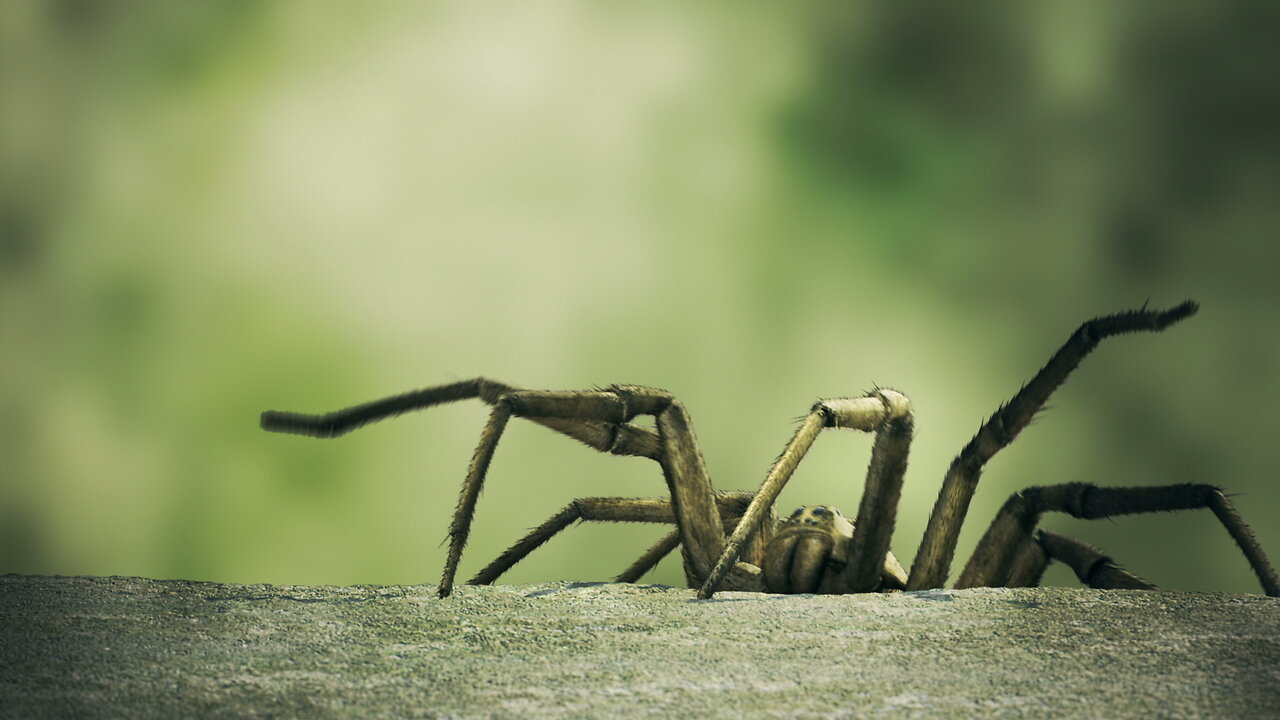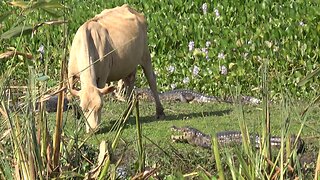Premium Only Content

Animal-Encounter Fatalities by Country and World
This bar chart race shows human fatalities as a direct result of venomous and non-venomous animal contact, by country and world, accumutaled, annually deaths and rate per 100,000, from 1990 to 2019. Deaths from diseases from animal contact, such as malaria and rabies, are excluded (check out other videos).
Human fatalities resulting from contact with venomous and non-venomous animals vary in frequency and severity. Venomous animals, such as snakes, spiders, and certain marine creatures, pose a significant threat. Snakebites, in particular, contribute to a substantial number of fatalities globally, with estimates suggesting tens of thousands of deaths annually. Africa, Southeast Asia, and South Asia are regions where snakebite-related fatalities are more prevalent due to the abundance of venomous species.
In contrast, non-venomous animal encounters typically result in fewer fatalities, but certain species can still pose risks. Large mammals, like elephants or hippos, may cause fatalities through direct attacks, especially in regions where human-wildlife conflicts are common. Insects like bees and wasps, though not typically lethal on an individual basis, can cause fatal allergic reactions in some cases.
Marine animals, both venomous and non-venomous, contribute to fatalities through encounters such as shark attacks, jellyfish stings, and encounters with other hazardous species. While such incidents are relatively rare, they capture public attention due to their dramatic nature.
Effective prevention and management strategies are crucial to mitigate the risks associated with both venomous and non-venomous animals. Education on snakebite first aid, the use of antivenom, and appropriate medical intervention can significantly reduce snakebite-related fatalities. In areas prone to human-wildlife conflicts, implementing measures like secure fencing, early warning systems, and community education can help minimize fatal encounters with large mammals.
Understanding the biology and behavior of animals, coupled with responsible tourism practices, can contribute to safer interactions between humans and non-venomous wildlife. Additionally, advancements in medical research and technology play a vital role in developing antivenom and improving treatment options for bites and stings.
While human fatalities resulting from venomous and non-venomous animal contact are concerning, it's important to note that such incidents represent a relative small fraction of overall mortality. Nonetheless, ongoing efforts in education, research, and conservation are essential for fostering coexistence and minimizing the risks associated with human-animal interactions.
Source: IHME
Data visualization created with flourish.studio
-
 UPCOMING
UPCOMING
Chad Prather
12 hours agoWhen God Delays: Trusting Jesus in the Waiting Room of Life
1K1 -
 LIVE
LIVE
The Chris Salcedo Show
11 hours agoThe Democrat's Schumer Shutdown
457 watching -
 30:32
30:32
Game On!
15 hours ago20,000 Rumble Followers! Thursday Night Football 49ers vs Rams Preview!
1972 -

BEK TV
18 hours agoTrent Loos in the Morning - 10/02/2025
8.35K2 -
 1:26
1:26
WildCreatures
14 days ago $0.90 earnedCow fearlessly grazes in crocodile-infested wetland
3.49K1 -
 29:54
29:54
DeVory Darkins
1 day ago $14.43 earnedHegseth drops explosive speech as Democrats painfully meltdown over Trump truth social post
53.4K70 -
 19:39
19:39
James Klüg
1 day agoAnti-Trump Protesters Threaten To Pepper Spray Me For Trying To Have Conversations
15.7K20 -
 34:54
34:54
MattMorseTV
13 hours ago $26.01 earned🔴Trump just FIRED 154,000 FEDERAL WORKERS. 🔴
72.4K95 -
 2:03:32
2:03:32
Side Scrollers Podcast
21 hours agoMASSIVE Netflix Boycott + The TRUTH About Jimmy Kimmel’s Return + BIG Side Scrollers NEWS
35.6K15 -
 15:05
15:05
GritsGG
1 day agoFlawless Duos Victory w/ Most Winning Duo in Warzone History!
32.5K2